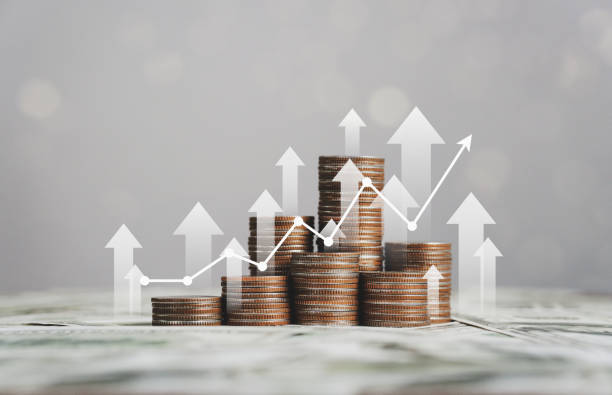
2022 was a dramatic year for investing. One of the most challenging bear markets seen for a while, combined with an increasing cost of living crisis and decades-high levels of inflation, resulted in turbulent economic and market volatility. While central banks across the US and Europe now appear to be backing away from long-term interest rate hikes, investors nevertheless need to take on a new approach for 2023.
According to Blackrock, a sound investment strategy for 2023 requires a new investment playbook that focuses on granular views rather than broad exposures. With this in mind, let’s take a look at the strongest long-term investment trends for this year and beyond.
Cryptocurrencies
The cryptocurrency industry is a varied marketplace that continues to undergo rapid transformation. Crypto projects span the whole gamut of industries, with major coins like Bitcoin (BTC) and Ethereum (ETH) being applied to a range of use cases, from enabling gamers to play Bovada online casino games to improving the efficiency and transparency of supply chain management, healthcare and more.
2022 saw the collapse of the leading crypto exchange FTX, which functioned as a wake-up call to those traders who seriously underestimated the risk of investing in decentralised currencies. Despite this, however, cryptocurrency stays a viable long-term investment choice. In fact, the volatility of this emerging asset class needs to be managed with a long-term outlook.
The most promising crypto projects relate in some way to the leading coins and platforms in the market. As of February 2023, BTC and ETH prices had risen by 1.3% and 3.7%, respectively, while Polygon (MATIC) saw gains of 6.6%.
One of the strongest ways to ensure good performance from a crypto portfolio is through diversification. Consider investing in several strong projects that span blockchain, asset class, use cases and market cap.
Mega-Cap Stocks
For much of 2022, mega-cap stocks were one of the most widely invested markets, thanks to the widespread adoption of market-cap-based indexing. Like all markets, mega-caps experienced a decline towards the end of the year as inflation and interest rates began to climb. Even the largest stocks on the S&P 500 weren’t immune from the decline, with the top ten companies losing a combined $4.9 trillion.
Could 2023 be a year that sees mega-cap stocks rise again? According to experts at Morgan Stanley Research, the answer’s yes. The next few months could present the ideal opportunity to add mega-cap tech stocks to your investment portfolio, particularly since the software market is predicted to reach over $1 billion during the next eighteen months.
The most sensible investments should focus on mega-cap tech giants like Microsoft, which has already amassed an average earnings-per-share growth of 36.5% during the past five years. Microsoft also holds a 23% market share in cloud computing, while its recent expansion into AI with a $10 billion investment in ChatGPT makes this a stock to hold for the long term.
Emerging Markets
UK and US stocks typically receive the highest allocation in a general investment portfolio, with companies on the NASDAQ, the Euronext, and the NY Stock Exchange largely being viewed as the safest bets. While some investors have chosen to add a few emerging market (EM) stocks to their portfolios somewhere along the way, this asset class has typically been ignored by the majority of hobby traders and personal finance investors.
The bear market is by no means over for stocks in the emerging markets, but according to Gartner, they are well placed for a rebound in 2023.
There are several reasons why you might want to add selective EM stocks to your portfolio. Even when compared to their own history, stocks in emerging markets are currently trading at significantly lower prices. Shifting global trade relationships also offer the potential for growth, particularly as strained US-China relations are resulting in the reorganising of global supply chains.
High-Yield Bonds
For the first time in over a decade, rising interest rates have meant that the US bond market has begun to generate proportionally high yields. While the rapid rise in inflation has had a negative impact on the stock market, fixed-income assets have begun to offer much more attractive interest payments. From here on in, bonds are back in fashion.
Adding bonds to your investment portfolio would be a smart move in 2023, but the same rules of diversification apply. Yes, there are some bonds offering 4.7% in returns, but that doesn’t mean you should dump your stock investments in favour of locking your cash away in fixed-term assets.
A sensible approach would be to split bond allocation between the mid and long terms. Cash-equivalent products like CDs rarely incur much risk of loss, and current interest rates mean they can offer a solid return within a two-year timespan. Bonds with higher credit ratings, meanwhile, are a great asset to add for five-year or longer returns, particularly since they are much less likely to default than lower-rated bonds.


































